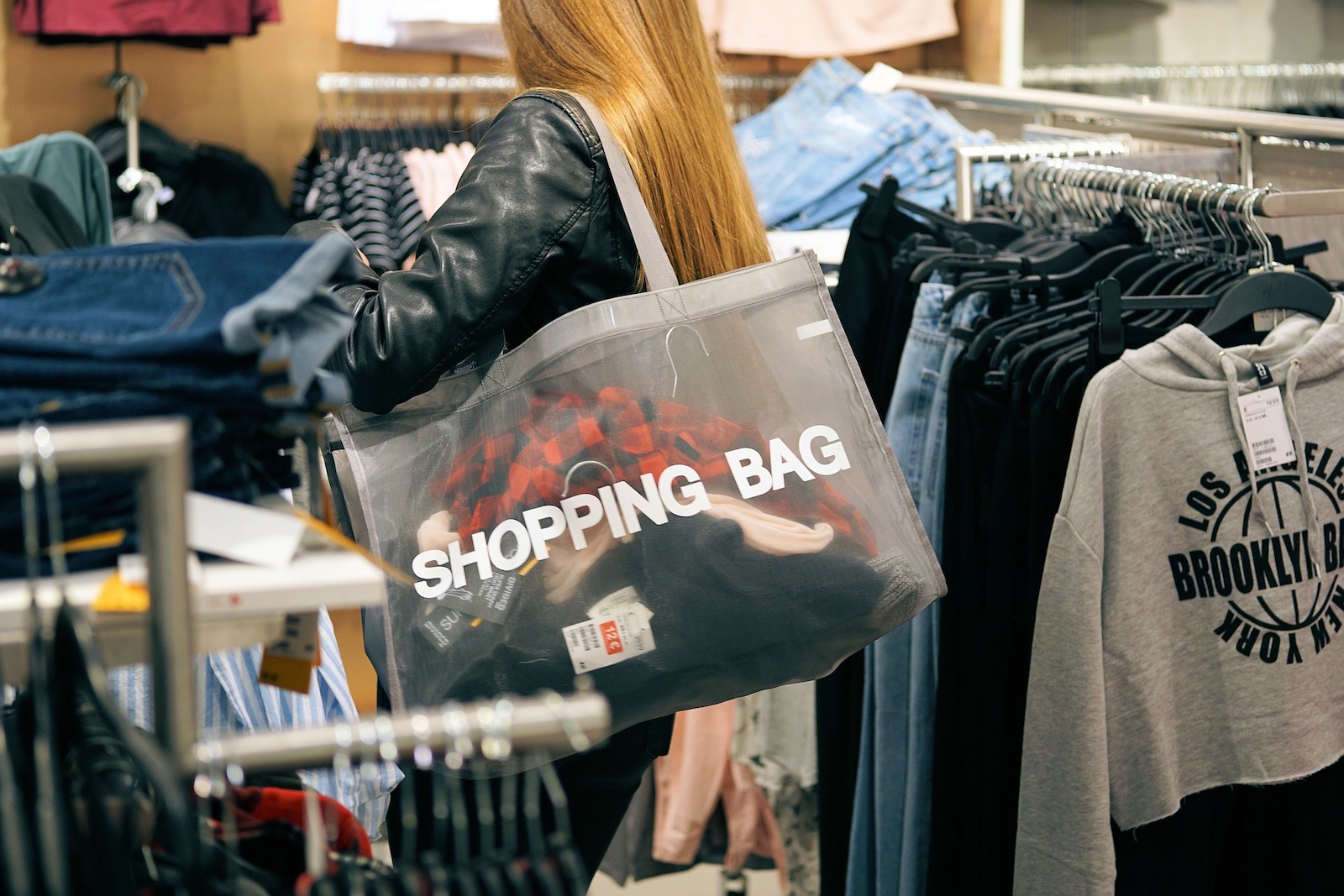
Shopping for the lowest price has become a sport of sorts. End-of-the-season clearance sales and special holiday pricing has won many of us over, and we’ve gotten used to celebrating when we’ve scored a good deal.
Sarah Kelley, Principal of Common Threads Consulting, says, “We’ve been conditioned to expect low-cost options. Many brands have actually trained customers to always look for the cheapest price,” she says. “The direction the industry has taken has been to emphasize price. So, consumers always want goods even cheaper.”
The problem with that model is we lose the human element. We forget about the people at every link in the apparel supply chain — cotton farmers, spinners, knitters, sewers, and others.
We have to question why we have this system where we’ve set an expectation that products are so cheap. By the time we factor in the brand’s markup, and all the different markups, there’s just a tiny little piece left over. The expectation seems to be that the value resides at the brand level, and the grower is the commodity, the taker of the price — why is that?
– Sarah Kelley, Common Threads Consulting
Without cotton farmers and other growers, we’d have no raw materials for creating products. And without their counterparts along the supply chain, we’d have no finished products. Yet they’ve all become anonymous commodities far removed from our experience of shopping for the lowest price.
You may be wondering what’s so important about the human factor, but without it, we stand to lose more than we gain.
Human Connections Contribute To Solutions
Third generation farmer Andrew Burleson says relationships between suppliers and brands connect us in ways that help us work together toward solutions.
“Instead of me standing here and all I know is I see a commercial for one brand on television and see the merchandise for another in a store — if that’s all there is, whether those brands make a profit or not, or whether they go out of business or not isn’t all that relevant to me,” Burleson explains. “At the end of the day, I don’t have a connection with them.”
“But if I was in a room with those people more than once, and there was a relationship, that changes things. If I know this person and that one in the supply chain and there’s a problem of some kind, I’ve got their cell numbers because we’ve met,” he adds. “We’ve had conversations over a meal. Now I can call them, and maybe we can work out a solution. The connections with people are as important as anything.”
Connections with Cotton Farmers Drive Empathy
And that interconnectedness drives us to care whether the brands we buy — and the cotton farmers and other growers that supply their materials — make a profit, stay in business, and retain more value than an average commodity.
That interconnectedness also teaches us about our communities and opens our eyes to how decisions at higher levels trickle all the way down to each supplier along the supply chain.
“If we can talk about some of the issues of green space and urban sprawl and how that affects what I do as a farmer, if I can stay in business and stay profitable, then any farmland I own stays farmland,” Burleson explains. “It doesn’t get paved over with a big box store placed on it. There are just so many interconnected things that if we all talked, we’d learn something from one another.”
What are the keys to making those connections and shopping with a perspective that goes beyond just looking for the lowest price? Keeping a local focus and keeping the human element — that is, the people who are cotton farmers, spinners, knitters, and more — top of mind.
To do that takes away their anonymity and reaffirms their value as people, the heart of the apparel supply chain.
Learn more about how TS Designs values the people in our supply chain, read “Is Commodity Pricing the Best Model We Can Give Cotton Farmers?: A Background Paper for Buyers and Brands” (PDF).
